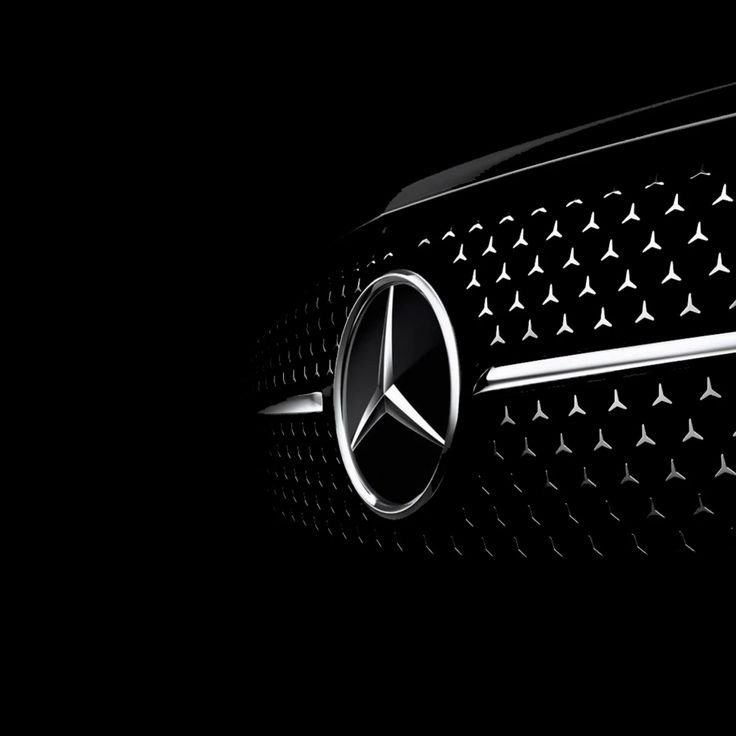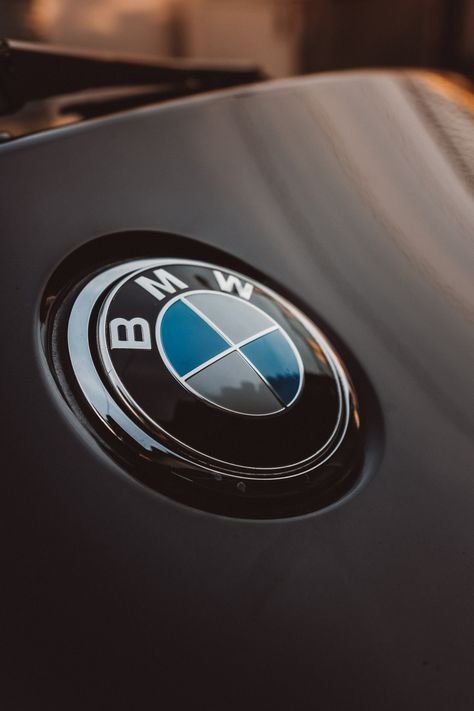
Tesla no longer enjoys an uncontested reign in China’s electric vehicle (EV) sector. Once considered the crown jewel of EV innovation, Tesla now battles shrinking market share and intensified pressure from homegrown Chinese giants BYD and XPeng. These rivals have strategically designed their vehicles to appeal to local consumers while undercutting Tesla in both price and innovation.
BYD’s Rapid Rise
BYD, short for “Build Your Dreams,” has captured the Chinese market with precision and agility. In 2024, the company delivered over 4.2 million vehicles, including plug-in hybrids and battery electric vehicles. Their strategy to completely phase out internal combustion engines in 2022 helped them position themselves as pioneers in the country’s clean mobility shift.
The official BYD Auto website showcases a growing fleet of well-designed, affordable EVs that come equipped with high-end features. Models like the BYD Han and Tang use advanced “flash charging” tech that reduces range anxiety—a lingering concern among Chinese buyers.
BYD doesn’t just sell affordable EVs—it leads with cutting-edge technology. In 2025, they launched an upgraded charging system that adds nearly 400 kilometers (250 miles) of range with just 5 minutes of charging. Tesla doesn’t yet offer a comparable experience in China, giving BYD a functional edge in day-to-day usability.
To understand how Chinese automakers like BYD are reshaping the global EV industry, it’s essential to revisit other market disruptions like the return of the Renault Duster with a twist, which reflects similar trends of reinvention and adaptation.
XPeng’s Tech-Savvy Approach
XPeng has steadily eaten into Tesla’s urban and youth-driven market by targeting China’s tech-oriented population. The company promotes itself as a smart mobility innovator rather than just a carmaker. Their official XPeng Motors website details vehicles loaded with AI-powered features, intuitive infotainment systems, and industry-leading autonomous driving software.
In 2023, XPeng launched the G6, a crossover that blends futuristic design with affordability. Equipped with Nvidia Orin chips and Lidar sensors, the G6 delivers a semi-autonomous driving experience that rivals, and in many ways surpasses, Tesla’s Autopilot.
XPeng vehicles also support ultra-fast charging that adds up to 300 kilometers of range in 10 minutes. Chinese consumers, particularly urban commuters, have embraced this level of convenience, creating a major dent in Tesla’s urban market.
Tesla’s Declining Market Share
Tesla’s share of China’s pure battery EV market dropped to 10.4% in 2024, down from 11.7% in 2023. The Model Y SUV, once the best-selling vehicle in the country, now competes with a sea of options that are often cheaper and more tailored to local preferences.
Tesla plans to counter this slump with a new, cost-optimized Model Y, which will enter production by 2026. This version will feature simplified interiors and more localized parts to reduce production costs by up to 30%.
However, Tesla’s lag in bringing these models to market has given its rivals a solid head start. While Tesla engineers tweak the Model Y’s design, BYD and XPeng are already preparing new launches that include better software integrations, solar panel tech, and real-time driving assistants.
For Tesla, this struggle unfolds while the global landscape tightens due to policy pressures like the Trump administration’s 25% tariff on imported automobiles. These policies add another layer of financial strain for automakers trying to maintain cost competitiveness across borders.
Consumer Trends Favor Local Innovation
Chinese consumers are becoming more discerning. They now demand more than basic electric mobility. They want intelligent assistants, full-sensor coverage for city driving, and integration with their smartphones and smart homes.
Tesla still relies on its Full Self-Driving (FSD) feature, which remains in beta and comes with a hefty price tag. In contrast, BYD offers its own “God’s Eye” driver-assistance system for free in many models. This kind of pricing strategy, coupled with performance parity, gives local manufacturers a major boost in customer acquisition.
Moreover, buyers have grown skeptical of Tesla’s after-sales service in China. XPeng and BYD have heavily invested in customer support, expanding physical showrooms and on-ground service stations. Tesla’s minimal showroom presence and reliance on mobile servicing now appear outdated in comparison.
Global Repercussions
Tesla’s struggle in China isn’t just a domestic challenge—it sends ripples across the global auto industry. China represents Tesla’s second-largest market, and its declining performance there impacts global earnings, stock prices, and investor confidence.
As BYD and XPeng expand their exports into Southeast Asia, Europe, and eventually North America, they threaten Tesla’s dominance in other regions too. BYD already plans to double its overseas sales in 2025 to over 800,000 units, signaling an aggressive international push.
Governments in Europe and the U.S. have taken notice. Ongoing debates over Chinese EV subsidies and the influx of aggressively priced vehicles have prompted discussions about imposing new tariffs or updating safety standards to curb the momentum of Chinese entrants.
Tesla now finds itself squeezed between global protectionism and local innovation. While its brand still holds sway, brand power alone won’t reverse its fortune.
What Tesla Must Do
Tesla must evolve to survive. Here’s what the company needs to prioritize:
-
Local R&D Expansion: Tesla should boost investment in Chinese research and design teams to better cater to regional tastes.
-
Price Parity Models: The company must offer a true low-cost model that doesn’t compromise on essential features.
-
Retail Infrastructure: Tesla should build a denser network of experience centers and customer service hubs across tier-2 and tier-3 cities.
-
Smart Feature Localization: Integrating apps and digital assistants favored by Chinese users—like WeChat, Baidu Maps, or even voice-activated cooking recipes—could help bridge the innovation gap.
-
Strategic Partnerships: Tesla could consider collaborations with local battery suppliers or AI startups to accelerate its product development cycle.
Final Thoughts
Tesla no longer dominates the Chinese EV market. BYD and XPeng have turned the tide with smarter strategies, faster innovation, and a deeper understanding of Chinese consumers. As they continue to scale and innovate, Tesla must abandon the notion that its global brand will shield it from local competition.
To win back its share, Tesla needs to act swiftly, adapt deeply, and re-establish its position not as a tech pioneer, but as a locally loved brand that evolves with the people it serves.





